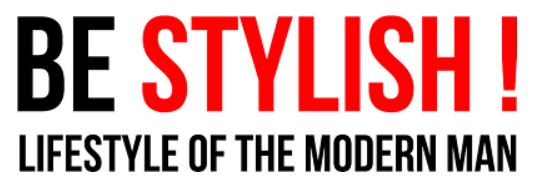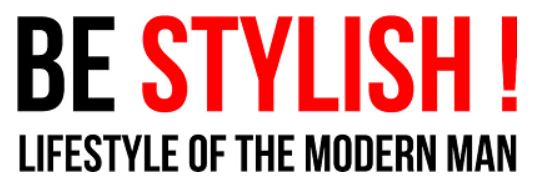Single Breasted or Double Breasted Jackets… That Is The Question

photo:wikimedia.org
Just like Hamlet in the classic Shakespeare play, we have set ourselves to make a choice between those two types of jackets. Unlike the famous play, we hope that our question won’t remain unanswered.
In clothing, single breasted refers to a coat, jacket or similar garment having one column of buttons and a narrow overlap of fabric. Single-breasted suit jackets typically have two or three buttons (less common one is four), and a notch lapel.
The notch lapel is one of the most common lapels in formal wear, as seen in the picture below:
photo:davidsformalwear.com
From the 1930s onwards, the peaked lapel single breasted suits became popular:
photo:regent.blogs.com
If one designer would like to personalize the design of the single breasted suit, the most common practice would be to work on the width of the lapel. Take a look at this smaller peak lapel:
photo:bridalconference.com
How to make sure your single breasted suit is on the edge
Shoulders
The shoulder of the suit should end at the edge of the deltoids, creating a natural line that drops down from the shoulder.
Coat length
The length of a coat is extremely important for the overall balance of your suit. First of all, it should be long enough to cover your buttocks and second of all, with hands to your side, the coat should end where your thumb meets your forefinger.
Button Position
The button position is where your top button is located.It’s important because it creates a balance point between the upper part (where the widest part of the thorax is), and the bottom part (where the panels meet). When you have it correctly, it prevents an ugly bunch up of the suit when seated.
Traditional tailors will locate this button point half an inch below the natural waist. The natural waist is the narrowest part of the waist. For most men, this would be an inch or two above the navel. Take a look at the picture below:
photo:tuktuk.com
For 2-button coats, this impacts where the top button should be placed, and for 3-button coats, where the middle button should be placed. Less buttons mean a bigger V in the front. Thus, 2 button coats create the illusion of a bigger height that the actual one.
Sleeves
Coat sleeves should show half an inch of the shirt sleeves when standing with arms by your side. The shirt sleeve itself should be about half an inch to one inch below the wrist bone.
Armhole Position
An often neglected but extremely important detail is the armhole position. This should be set as high as possible, no more than an inch below your armpit.
This minimizes the chances of your entire coat riding up when you raise your arms. A coat riding up in this manner is extremely unsightly, and one of the surest signs of a bad fit.
And now, the double breasted suit enters the ring
The double-breasted suit has always been considered a conservative suit choice, but its style is timeless. Because of the heavy fabric, it’s not so recommended in the hot summer months. Best choices, speaking of patterns, are windowpane and pinstripe patterns.
photo:nelsonwade.com
Plain-front trousers are very usual, but a traditional double-breasted suit demands a trouser with a pleat at the waist, such as these:
photo:detroitfashionpages.com
At more formal events, wear a french cuff, and go wild when it comes to cuff links.
photo:stephentrendy.files.wordpress.com
So you have in one corner the sleek and cool single breasted suit, and in the other the traditional and hefty double breasted suit. As you are now armed with the power of knowledge, go out there and see what goes best for you.





